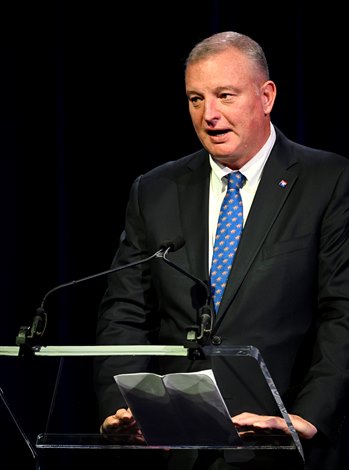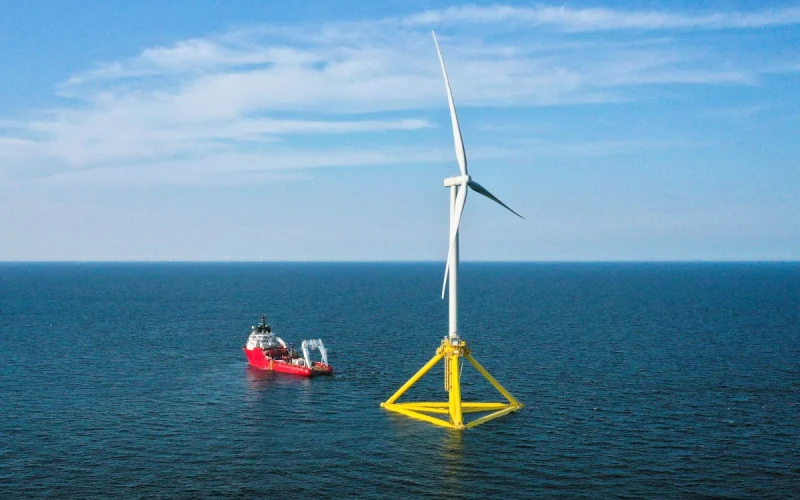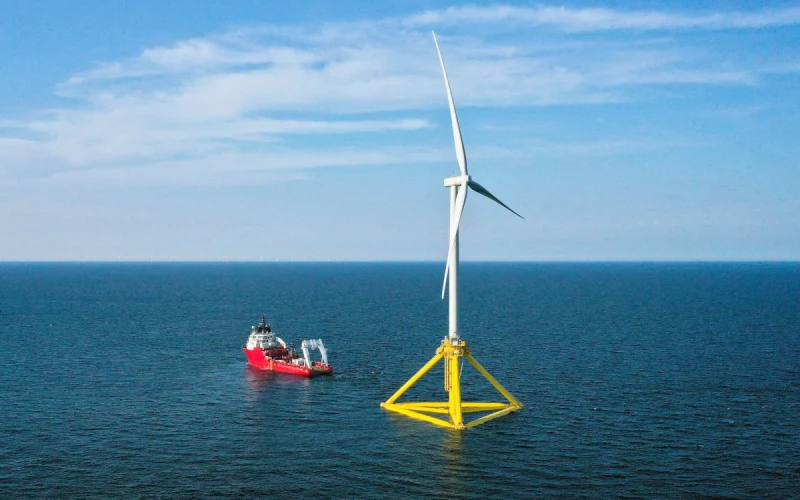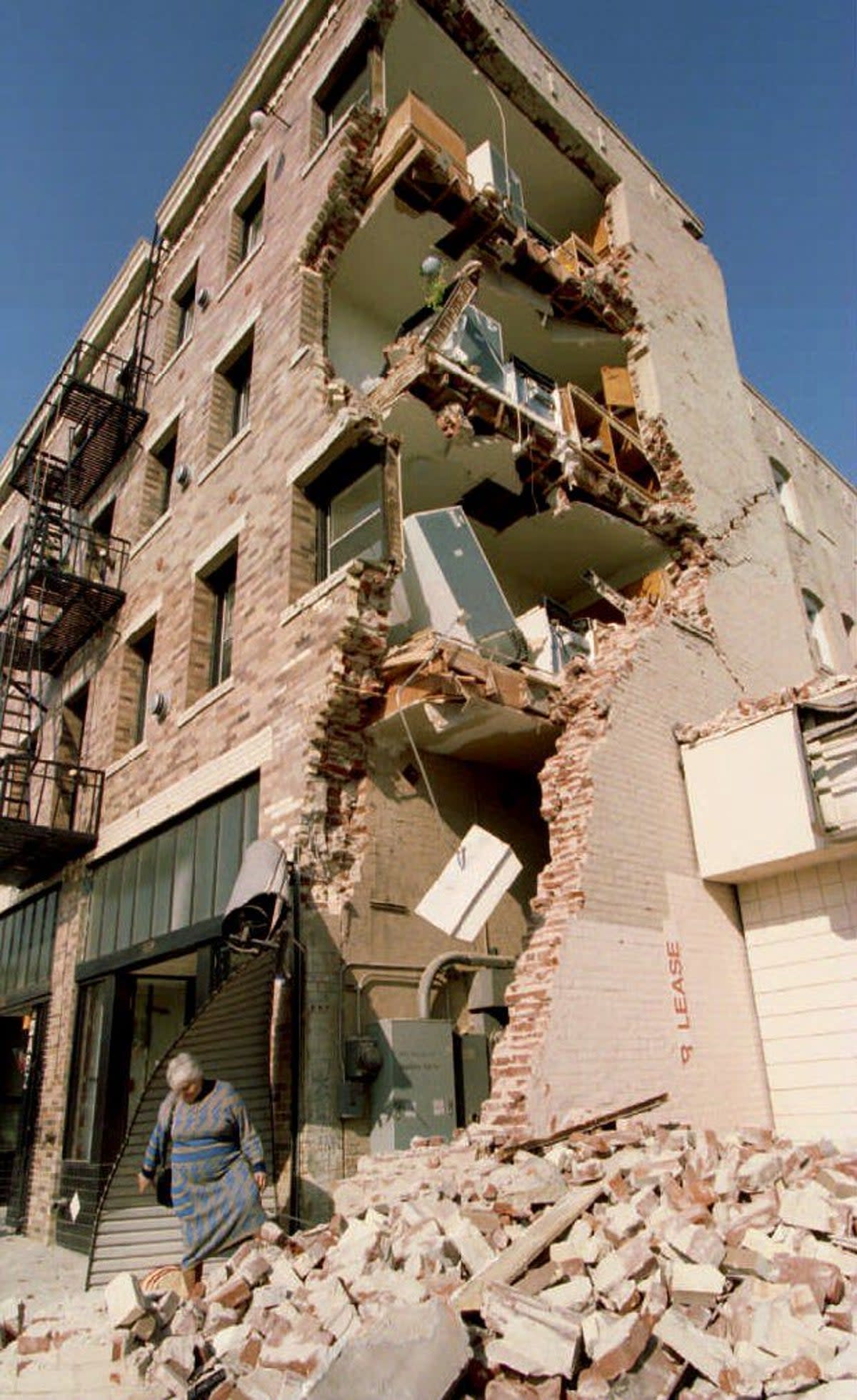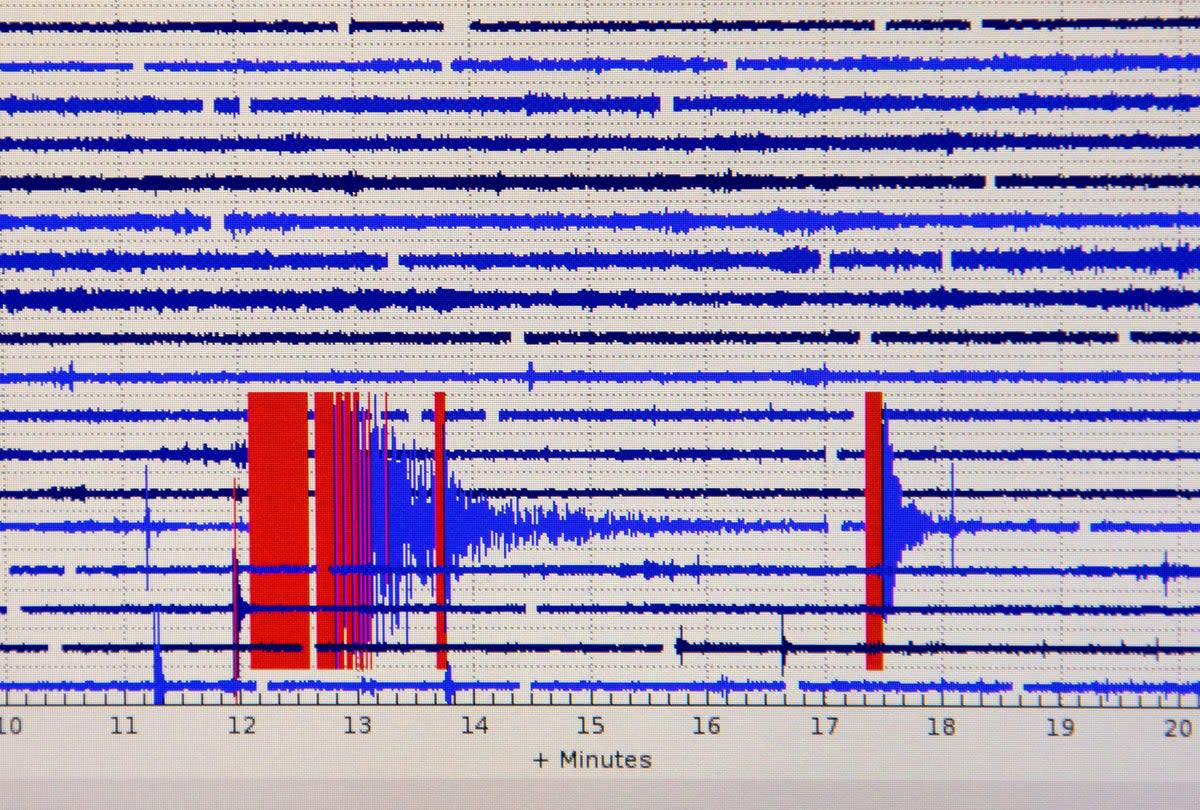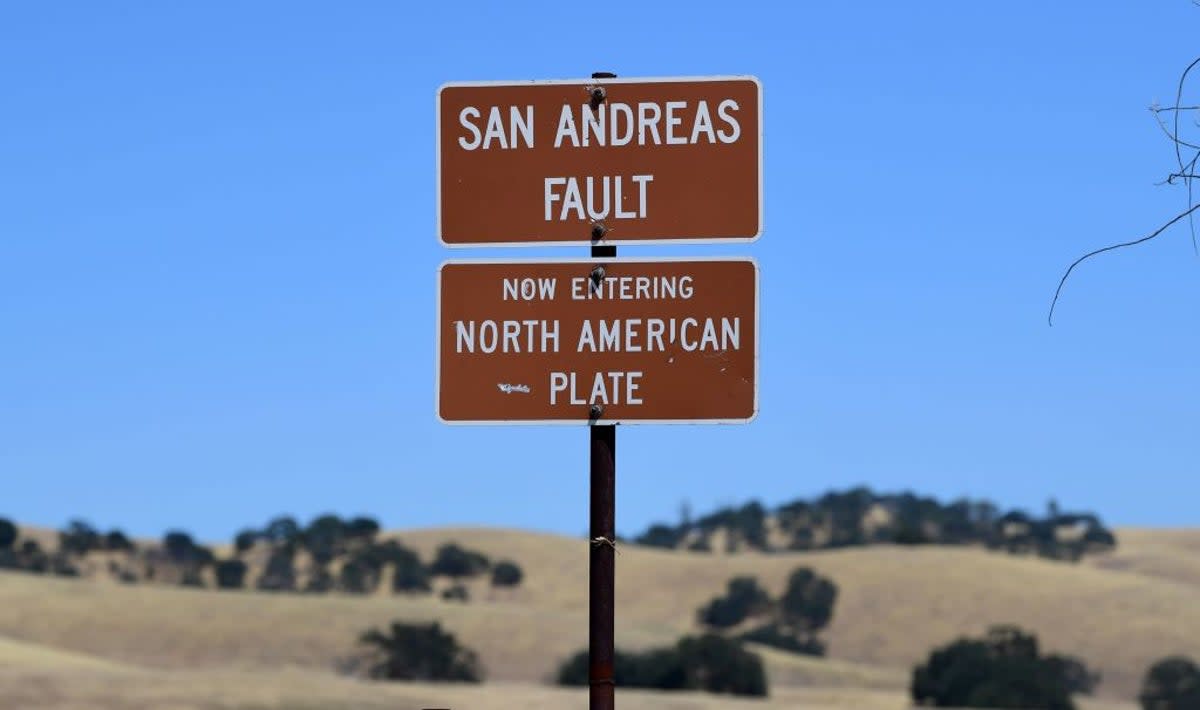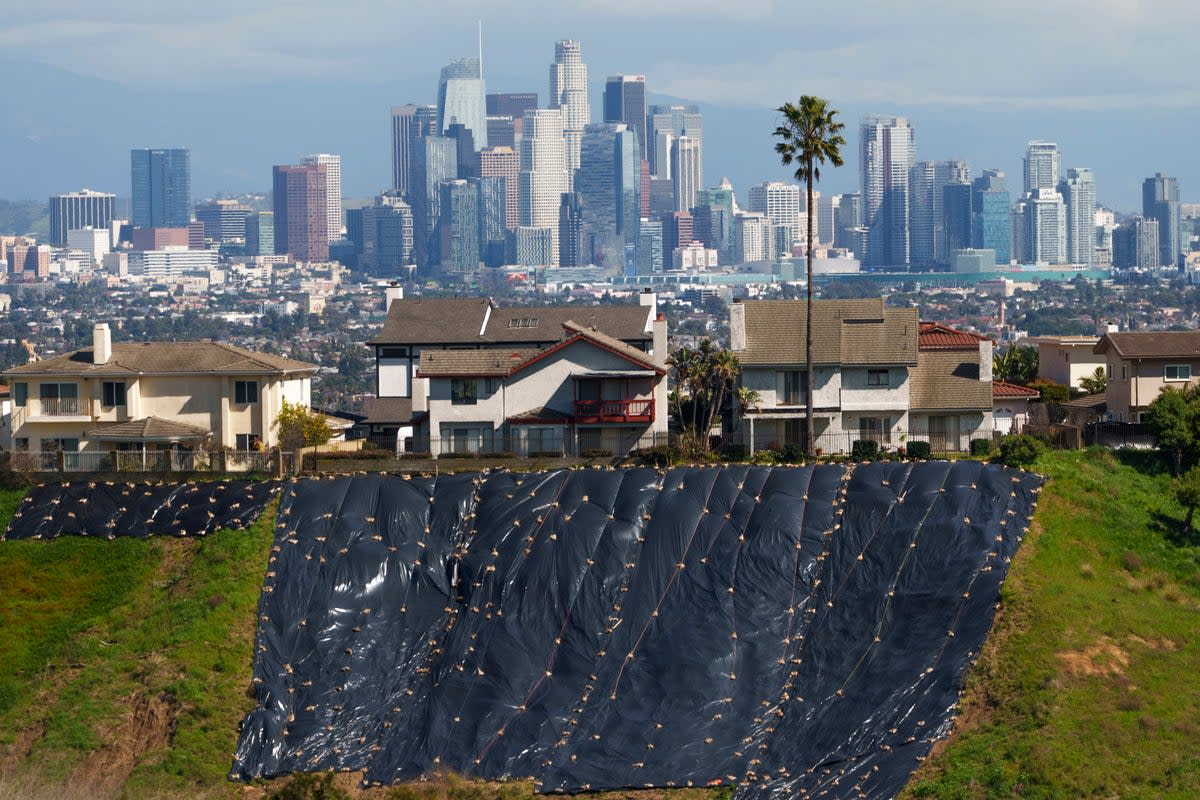There are few constants in Thoroughbred racing, but one seems to be if there is a sprint race outside of Breeders’ Cup quality in Southern California, The Chosen Vron is the winner.
It has been that way since the fall of 2022, and it still is. Racing May 25 in the $98,000 Thor’s Echo Stakes on California Gold Rush Day at Santa Anita Park, the popular 6-year-old gelding again prevailed. His win, his second straight in the Thor’s Echo, marked the 13th time he has been victorious in his last 14 starts dating back to September 2022, with the one exception coming when he was fifth in the 2023 Breeders’ Cup Sprint (G1) at Santa Anita.
As usual, he made it look easy against California-breds. Taken in hand early to track pacesetting Sawasdee , he comfortably engaged and passed that rival in the stretch and coasted home under minimal urging from regular jockey Hector Berrios. He was clocked covering six furlongs in 1:09.37 and returned just $2.10 to win in defeating his three rivals.
Sawasdee held the runner-up spot, ahead of Moose Mitchell in third and California Tiger in fourth.
Trainer Eric Kruljac co-owns the millionaire Vronsky gelding with Sondereker Racing, Robert Fetkin, and Richard Thornburgh. Tiz Molly Partners bred him.
Sign up for BloodHorse Daily
“He is a cool horse,” Kruljac said of The Chosen Vron. “I’m really truly speechless when you think about the whole three years of racing, what he has been through and what he has done.”
The Chosen Vron is now 18-for-23 with earnings of $1,419,678. All but one of his wins have been in stakes.
With the Hollywood Meet at Santa Anita concluding June 16, the racing action in Southern California soon shifts to Los Alamitos Race Course and Del Mar, where The Chosen Vron won the Bing Crosby Stakes (G1) last summer.
Video
In other California-bred action on Gold Rush Day:
- Kings River Knight led from start to finish in the $102,000 Crystal Water Stakes on turf under Juan Hernandez to notch his fifth straight win. John Sadler trains the Acclamation gelding for owners Integrity Thoroughbred Racing, The Ellwood Johnston Trust, and Kenneth Tevelde.
- Stay and Scam triumphed in the $102,500 Fran’s Valentine Stakes, running a mile on firm turf in 1:35.13, quicker than Kings River Knight’s clocking of 1:35.75 an hour earlier. Mario Gutierrez rode the Reddam Racing homebred daughter of Square Eddie for trainer Doug O’Neill.
- Shady Tiger went to the lead from the inside post and gamely turned back all challengers to win the $125,000 Snow Chief Stakes by a half-length. The 3-year-old Smiling Tiger gelding won his fourth consecutive race for trainer Phil D’Amato and owner/breeder Rusty Brown. Following four sprints to start his career, Shady Tiger was up to the task of stretching out to 1 1/8 miles on the turf, stopping the timer in 1:49.70.
-This story will be updated with additional stakes results from California Gold Rush Day.






